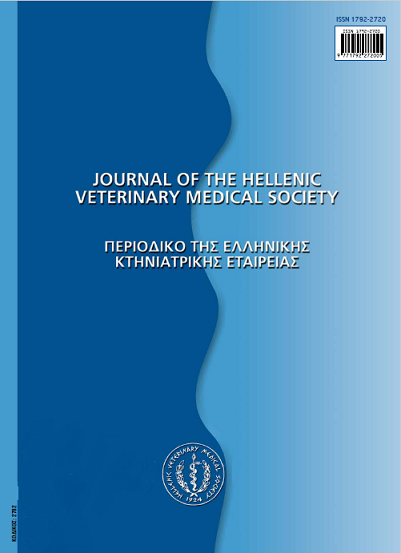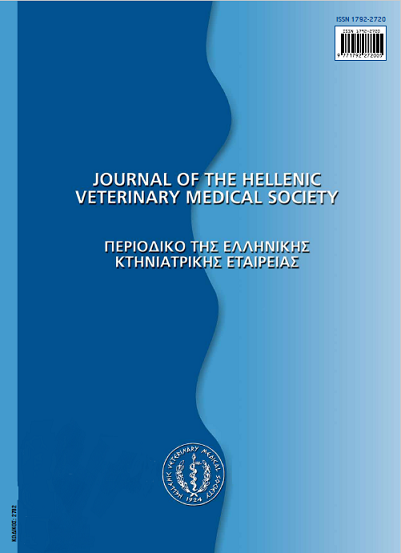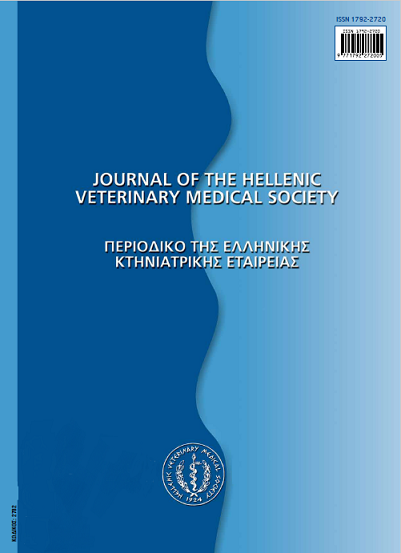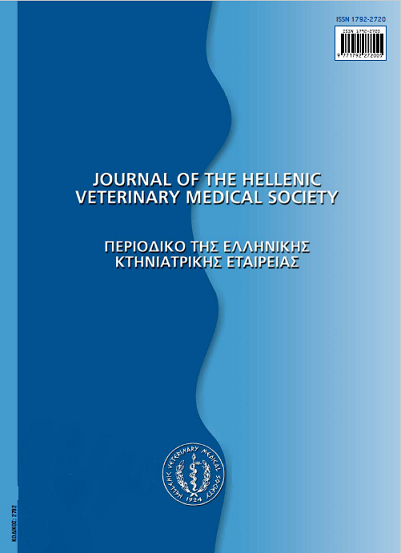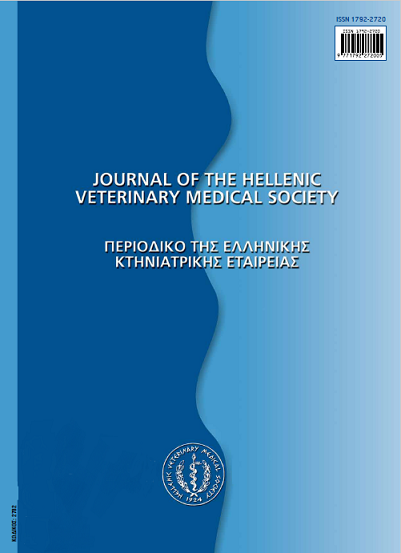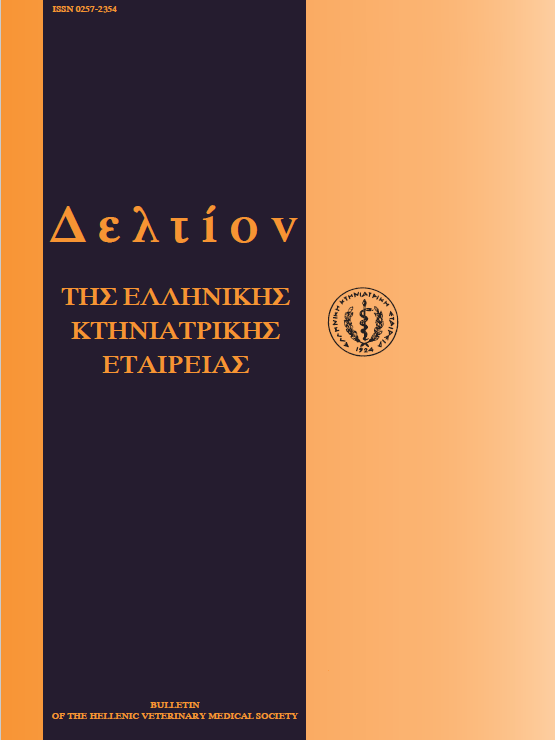The frequency of respiratory diseases in broiler chickens during 1992-2001
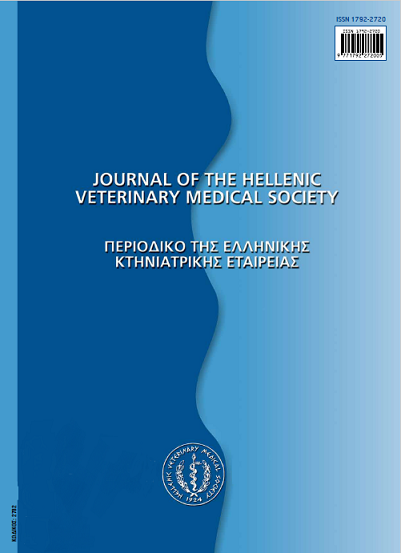
Abstract
The respiratory diseases of broiler chickens are included among the very important problems in the poultry industry. The pathogenic causes of these diseases are viruses (NDV, IBV, ILTV, etc), bacteria (Mycoplasma spp, Haemophilus paragallinarum, E.coli, ORT, etc), fungi and parasites. These factors can act either alone, leading in complete disease or in combinations, causing respiratory syndromes. In broiler flocks the most frequent respiratory disease with considerable economic losses is Colibacillosis. It is either the result of primary infection of the birds with the pathogenic E.coli or secondary as complicated agent leading in the CDR syndrome. The evaluation of the respiratory diseases incidents in the Clinic of Avian Medicine showed that there has been a gradual decline in the number of the respiratory diseases during the last decade 1992 - 2001. More specifically, the percentages of the incidents of respiratory diseases were: 26,49% (1992), 22,14% (1993), 17,24% (1994), 18,00% (1995), 10,04% (1996), 9,93% (1997), 11,92% (1998), 7,79% (1999), 7,77% (2000) and 6,99% (2001). This significant reduction of the respiratory disease percentages was probably caused by factors relative with a series of measures applied in breeder flocks, in hatcheries and in poultry houses. These measures concern the continuous improvement of the poultry houses and equipment, the application of systematic vaccination programs in breeders and chicks, the good collaboration between farmers and veterinarians, the improvement of nutrition, the supplying of chicks free of bacteria, such as Mycoplasma spp, Salmonella spp, etc, and viruses, such as Reovirus, Chicken anemia virus, e.t.c, and the strict application of appropriate disinfections. The application of the above measures reduces the poultry stress, enhances their immunity, eliminates the presence and the spread of pathogens and secures better health and growth in the birds of the poultry industry. Keywords: Respiratory diseases, broilers, incidents' frequency, decade 1992-2001
Article Details
- How to Cite
-
GEORGOPOULOU (Ι. ΓΕΩΡΓΟΠΟΥΛΟΥ) J., IORDANIDIS (Π. ΙΟΡΔΑΝΙΔΗΣ) P., & BOUGIOUKLIS (Π. ΜΠΟΥΠΟΥΚΛΗΣ) P. (2017). The frequency of respiratory diseases in broiler chickens during 1992-2001. Journal of the Hellenic Veterinary Medical Society, 56(3), 219–227. https://doi.org/10.12681/jhvms.15082
- Issue
- Vol. 56 No. 3 (2005)
- Section
- Research Articles
Authors who publish with this journal agree to the following terms:
· Authors retain copyright and grant the journal right of first publication with the work simultaneously licensed under a Creative Commons Attribution Non-Commercial License that allows others to share the work with an acknowledgement of the work's authorship and initial publication in this journal.
· Authors are able to enter into separate, additional contractual arrangements for the non-exclusive distribution of the journal's published version of the work (e.g. post it to an institutional repository or publish it in a book), with an acknowledgement of its initial publication in this journal.
· Authors are permitted and encouraged to post their work online (preferably in institutional repositories or on their website) prior to and during the submission process, as it can lead to productive exchanges, as well as earlier and greater citation of published work.



